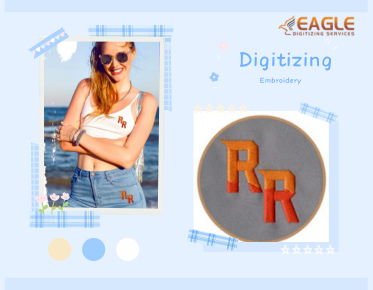How Can Designers Maintain Line Precision and Detail Accuracy in Vector Design?
In the realm of digital design, vector graphics stand out due to their scalability and fidelity to detail. Unlike raster images, vectors aren't limited by resolution, allowing them to be scaled infinitely without losing clarity. This unique property makes them indispensable for graphic design, branding, and a plethora of other fields. However, maintaining line precision and detail accuracy in vector design is a skillful art that requires certain techniques and tools.
Understanding the Basics of Vector Design
Vector design is fundamentally about creating graphics that are not restricted by pixelation. It relies on mathematical equations to resolve the shapes in the image. This is why a vector image can be blown up to billboard size without losing detail. Tools like Adobe Illustrator and CorelDRAW are industry standards because they provide the functionalities necessary for precise vector art creation.
A crucial step in maintaining precision begins with understanding your tools. Most vector design software offers a myriad of settings that control aspects like layer management, path creation, and manipulation, all of which contribute to how well details are maintained as you work larger or smaller. Precision in initial sketches and path creation sets the foundation for high-quality vector graphics.
Techniques to Achieve Line Precision
To achieve line precision in vector design, you need to focus on control points, which are the anchor points determining the curvature of your vector shapes. These points allow for smooth lines and precise shapes. Perfecting node placement and curve adjustments is crucial. This can be done by utilizing the Bezier curve tool effectively, practicing refined control over curve handles to ensure that the created lines flow naturally and smoothly.
Another key aspect is to consistently use grid and snapping options available in most vector design software. By aligning elements using gridlines and snapping features, designers can ensure that components of their designs are placed with absolute accuracy. Precision tools available in software like precision grids and smart guides come in handy when crafting complex vector art.
Maintaining Detail Accuracy
Detail accuracy is often about understanding and using the right color palettes and gradients. Ensuring that the colors are not only accurate but consistent throughout the design is crucial. This involves making use of color management features within your chosen software, which allow for the selection and implementation of precise color values, thus ensuring that the finished product is as intended across different view modes.
Layers play an instrumental role in maintaining detail accuracy. By organizing your design into layers, you can isolate different design components for individual adjustment. This isolation allows for non-destructive editing, ensuring that modifications in one part of the design do not unintentionally alter another.
The Role of Technology and Services
Technological advancements have led to tools and services that aid in maintaining line precision and detail accuracy. Eagle Digitizing, for instance, provides comprehensive vector conversion services including raster to vector conversion, which can be particularly beneficial when you're starting with a raster image and need to convert it into a clean, scalable vector form. Their high-quality image tracing services allow for each line and corner to be accounted for, ensuring that the vector version of any image is crisp and precise.
Staying Updated with the Latest Techniques
An often overlooked aspect of achieving precision is keeping abreast of the latest techniques and tools in vector design. Attending workshops, participating in online forums, and continual practice are key to refining your skill set. Furthermore, digitally collaborative platforms can offer a shared space for designers to learn and grow through peer insight and shared experiences.
Conclusion: The Future and Beyond
As vector design technology continues to evolve, so does the potential for even greater precision and detail accuracy. Innovations in software are expected to bring more sophisticated tools, providing enhanced capabilities for designers. Exploring the potential applications of AI in design and how it might further refine vector creation processes could open new horizons for designers.
Ultimately, achieving line precision and detail accuracy in vector design is a combination of knowledge, practice, and the right tools. With these components, designers can create high-quality, precise graphics that meet their creative vision and professional standards. As the industry continues to innovate, staying informed and adaptable can help designers push the boundaries of what is possible in vector design.


.png)